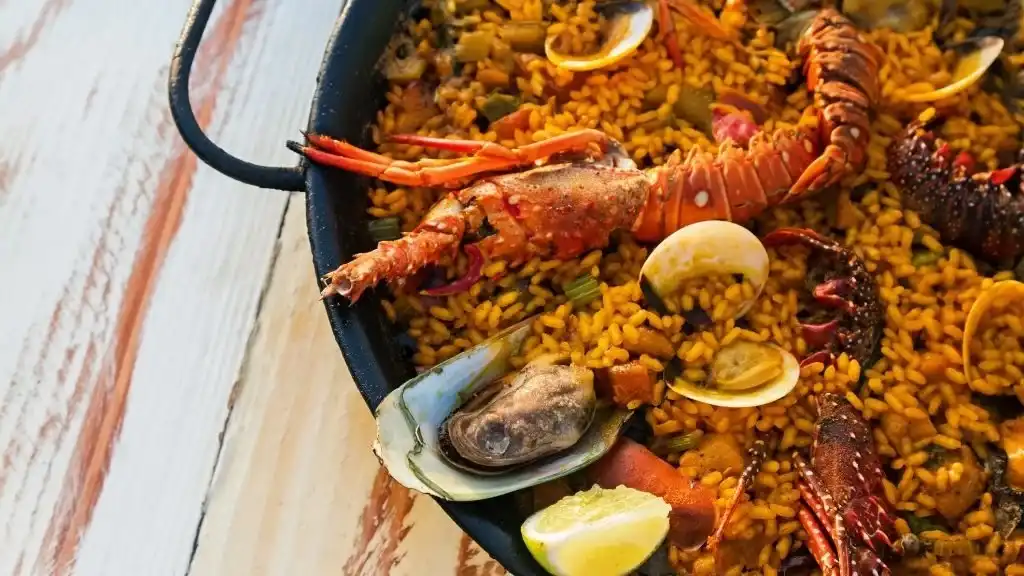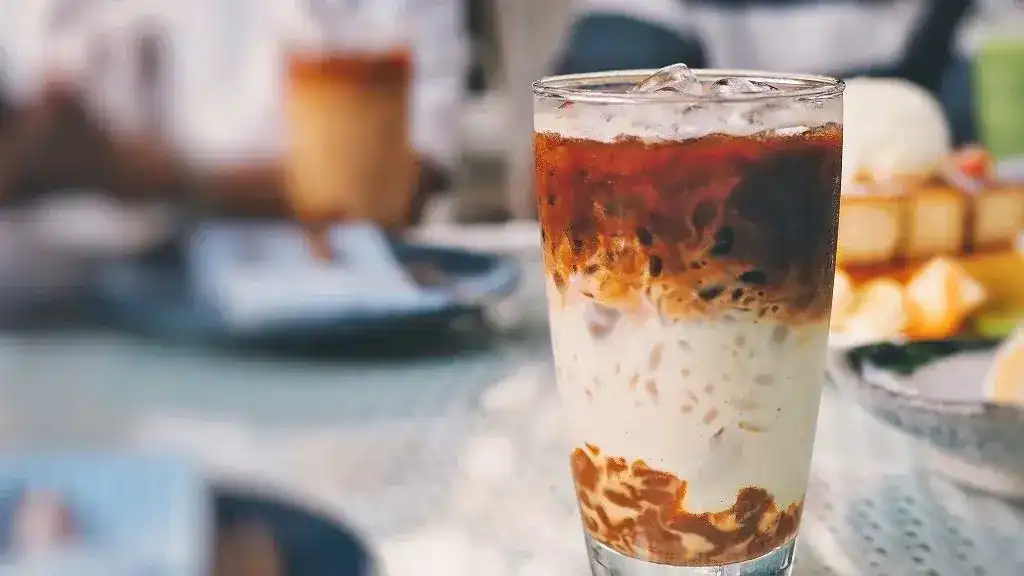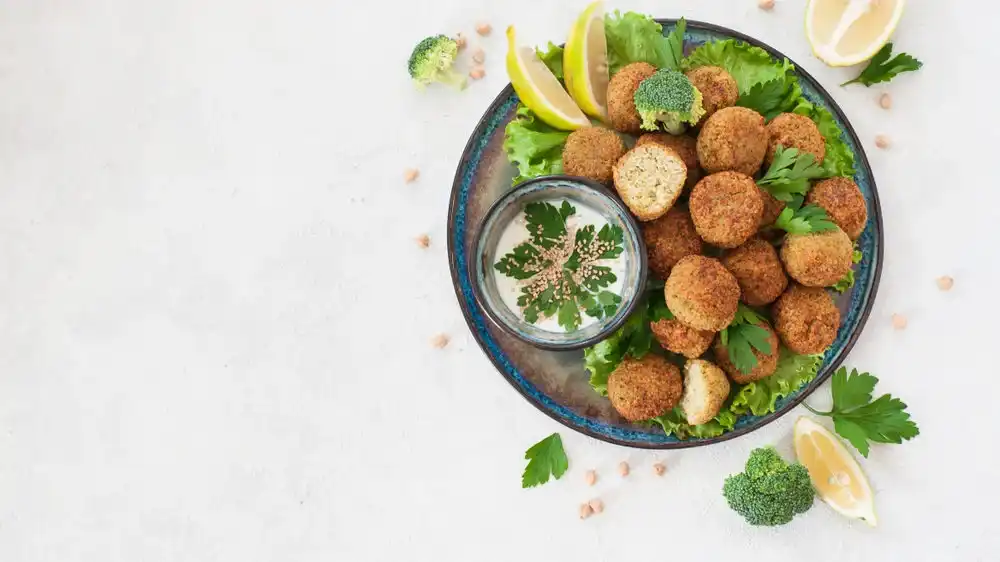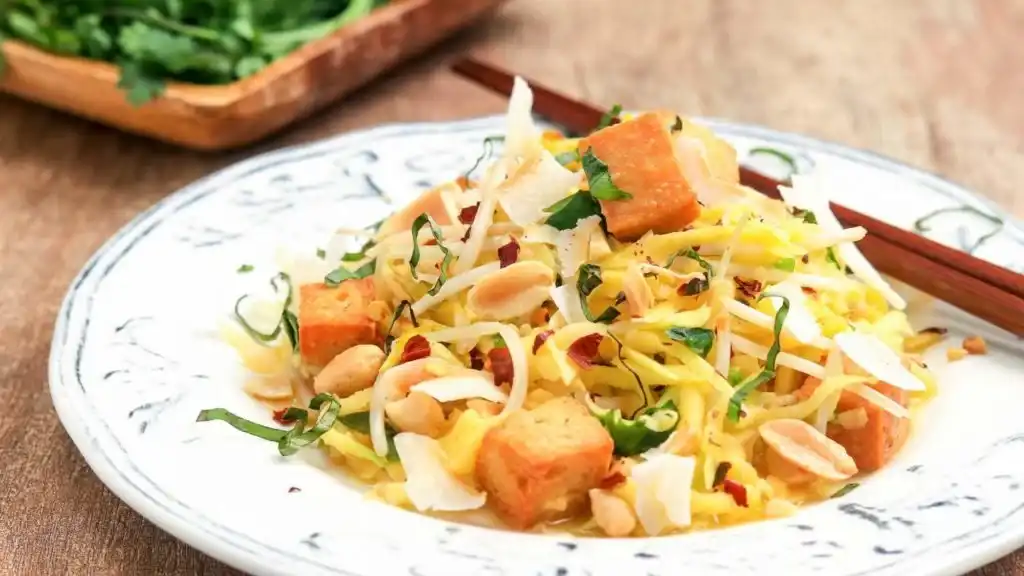Paella has an only particular position in Spanish homes for a long time. This rice dish may be considered as the national dish of Spain by people outside of Spain, yet Spaniards claim it to be their regional Valencian dish.
Paella is a Valencian/Catalan word, which derives from the Old French word paella for the frying pan. Paella is the term for all pots and pans in the Valencian language, including the specialised shallow pan used for cooking paellas. Paelleras are typically round, shallow, and made of polished steel with two handles.
What is Paella?
A typical and original Valencian paella consists of white rice, green beans which is bajoqueta and tavella, meat such as chicken, rabbit or duck, garrofó, which is a variety of lima beans or butterbeans, snails, and seasonings such as saffron and rosemary. Artichoke hearts and stems are occasionally used depending on the season.
Most paella chefs prefer bomba rice as it is less likely to overcook, but Valencians themselves tend to use Senia rice which is slightly thicker, thus have a higher risk of overcooking. Olive oil is used across all types and variations of paella.
Paella is typically cooked over an open fire fueled by branches from orange and pine together with pine cones. The aromatic smoke produced from the flame will then infuse the paella, increasing its flavour and texture.
The layer of the toasted rice at the bottom of the pan, which is known as socarrat, is a delicacy among food experts and determines whether the dish is a good paella. The layer develops over an open fire, but it doesn’t apply if it is cooked in an oven.
History of Paella
Generally, the origin of paella can be traced back to the 10th century, when rice cultivation started in Spain by the Moors. Valencians then began to include rice in their dishes during family gatherings and religious feasts, resulting in rice becoming a staple food in Spain by the 15th century.
Food historians stated that this dish symbolises the union of two heritages, the Roman which provides the utensil and the Arab who brought in rice. In the 18th century, Valencians used calderos to cook rice.
The main ingredient used in early paellas is water vole meat, eel and butter beans. A change in the ingredients in paella to rabbit, chicken, duck and snails occur when the living standards of the people rose. The popularity of this dish in 1840 was so widespread that local newspaper referred paella as the name of the meal rather than the pan.
During the 20th century, paella’s popularity spread across Spain’s borders. Many other countries around Spain’s different cultures set out to make paella, leading to regional influences of the dish. However, the most globally popular recipe remains to be seafood paella.
Types of Paella
Valencians insist that only short-grain white rice, chicken, rabbit, snails, duck, butter beans, great northern beans, runner beans, artichoke, tomatoes, fresh rosemary, sweet paprika, saffron, garlic, salt, olive oil, and water should go into making modern Valencian paella.
Types of paella include vegetable paella, seafood paella, mixed paella, and Valencian paella. Seafood paella substitutes meat with a seafood, and it omits beans and green vegetables. Mixed paella is the free-style combination of meat from land animals, seafood, vegetables, and sometimes grains.
Where to find paella
Paella can be found in most Spanish restaurants. It is also available at Tapas Club and El Iberico Pavilion. Log on to foodora to order more of your favourite dishes.




